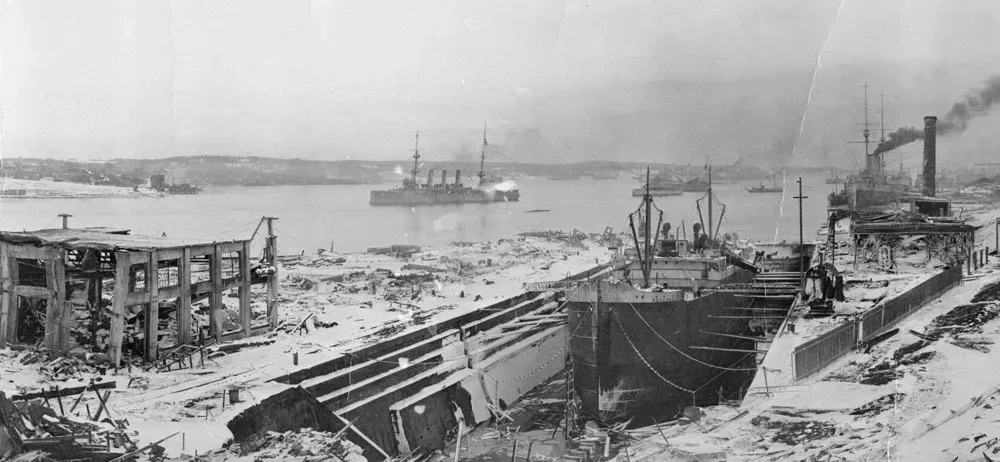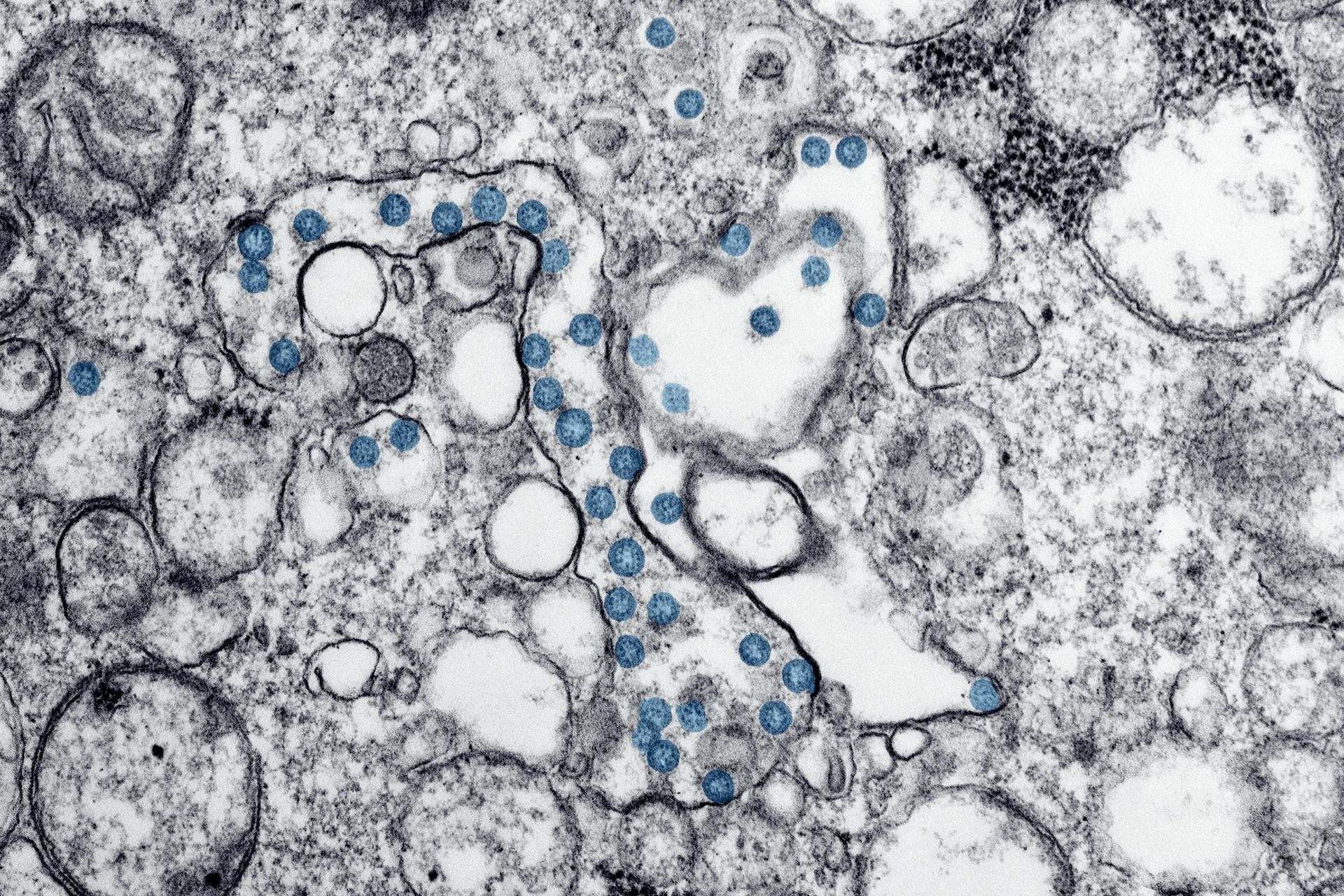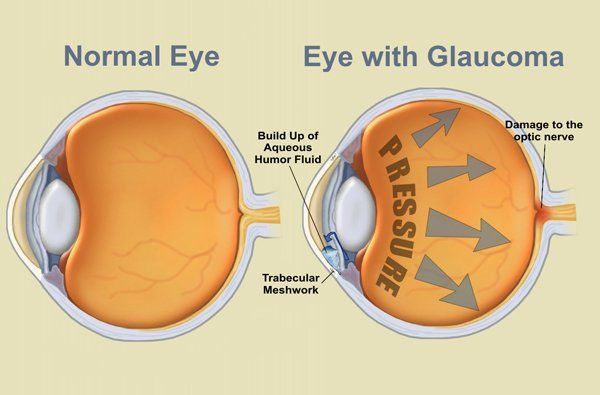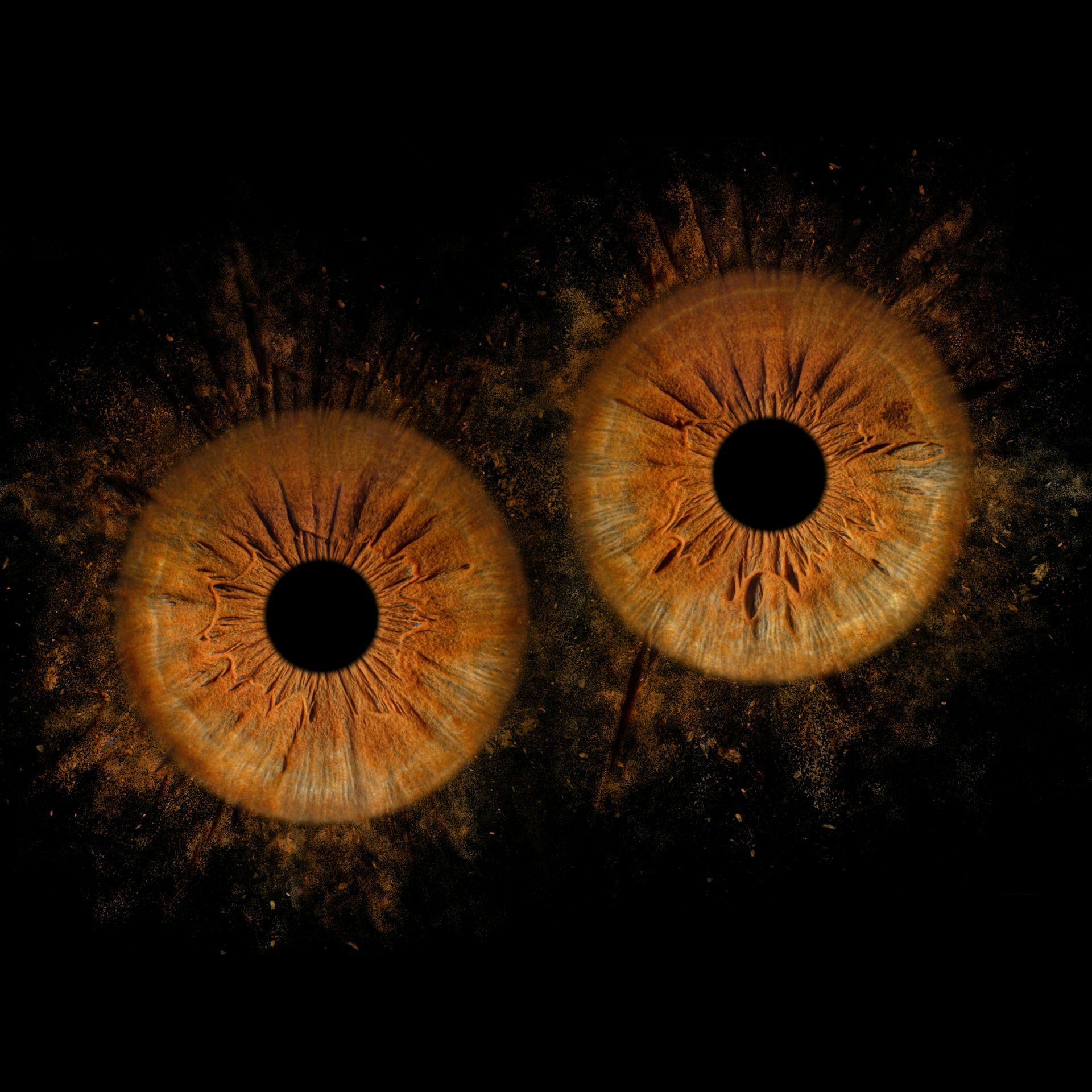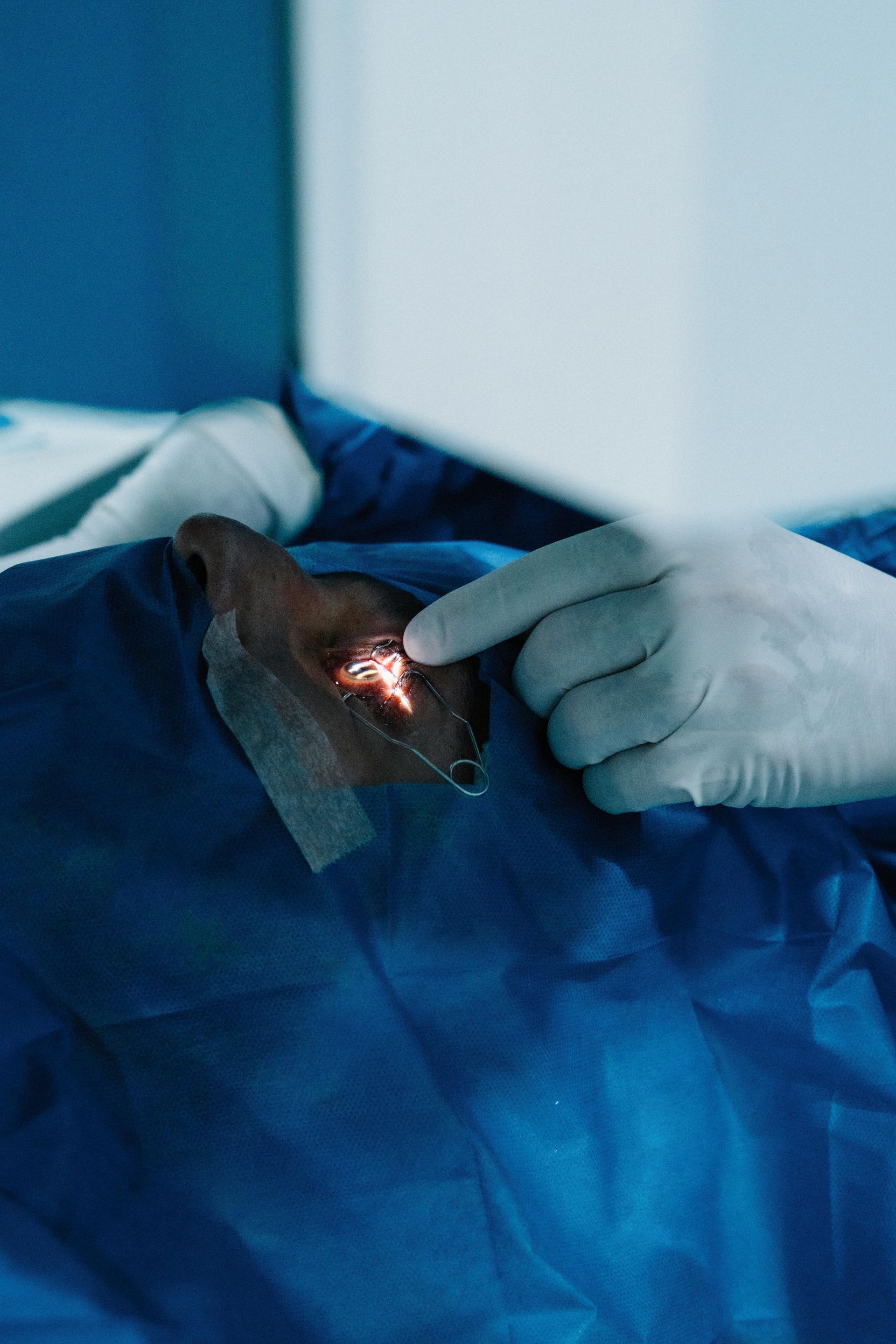”City in danger. Explosion. Conflagration”
Blog vol 4.23. ”City in danger. Explosion. Conflagration.”
This was the telegram message sent to areas around Halifax on the morning of December 6th, 1917. It was the middle of a major war, were the Germans invading? It was possible. Halifax was a thriving naval port shipping munitions, supplies, and soldiers to Europe in support of the Allied war effort. It was not an invasion, however, it was an accident. An uncontrollable fire on board the Mont Blanc, which had collided with another ship in the harbour, led to a violent explosion.
And as a result, many Halifax residents died or were injured. A disturbingly large number lost eyes or were blinded. The large number of eye injuries and face lacerations were the result of the delay between the fire on board the ship and the explosion. Many people were at their windows watching the fire when… kaboom! The explosion was so strong from the picric acid, TNT, and benzol in the Mont Blanc that it blew the ship’s hull 1,000 feet in the air and people watching from their windows were instantly blinded by shards of glass, as the concussion shattered every pane of glass in the district.
Dr. George H. Cox, an eye, ear, nose, and throat (EENT) specialist from nearby New Glasgow arrived on the scene, and with a team of surgeons and nurses, proceeded to remove hundreds of badly damaged eyes. So many people, so many needs, very limited resources. Leaving the eye open to infection, makes loss of the other eye much more likely, a condition called sympathetic ophthalmia. This was to be avoided. As a result, it is estimated that 42% of all the injured eyes were enucleated (removed).
After several days of surgeries, Dr. Cox was finally relieved by Captain T.F. Tooke of the Canadian Army Medical Corps. The final numbers were staggering. Overall, in the explosion 9,000 people were injured and 2,000 died. There were 592 people with eye injuries and 249 enucleations, with 16 people having both eyes removed.
The Halifax Relief Commission tallied numbers and provided help for the injured. Some were given pensions through the newly formed Canadian National Institute for the Blind (CNIB). The CNIB was started in response to the large number of soldiers returning from WW1 with eye injuries. The Halifax explosion significantly expanded the CNIB client base and broadened their scope of care. (Read more here).
When I read about this event on its 100th anniversary in 2017, I was taken aback by the enormity of the explosion and by the devastation, particularly of people’s eyes.
This Remembrance Day we would do well to remember all the people injured in war and war-related scenarios such as the Halifax explosion, and all the medical professionals who worked so tirelessly on the scene, and unsung over the many years that followed.
Til next week,
the good doctor

